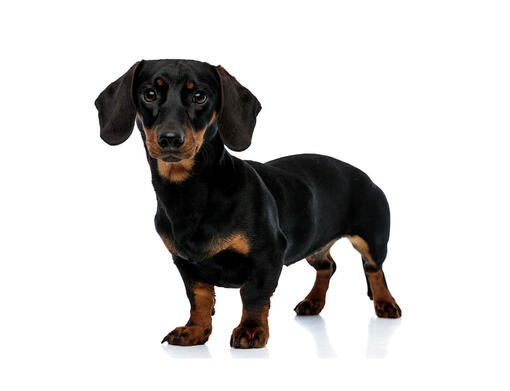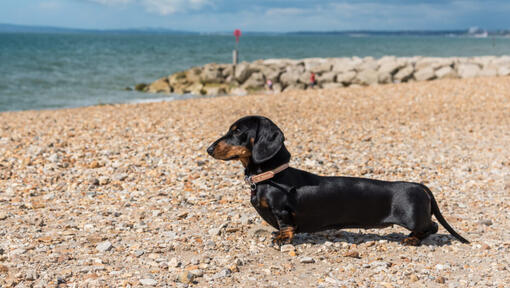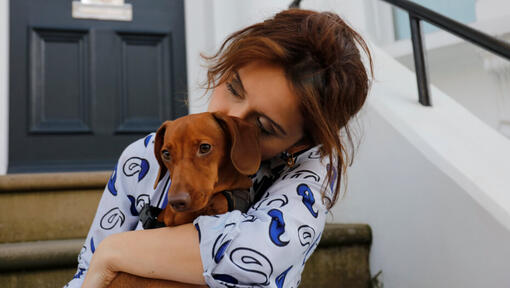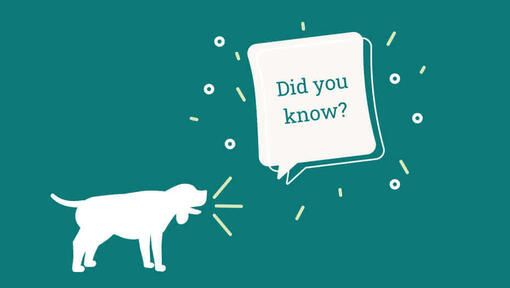Personality
This dog can be very independent and needs kind, consistent, patient training. Early socialisation is required in order to acclimate Miniature Smooth Haired Dachshunds to children, strangers and other animals. They are a breed that becomes quite attached to their family and usually one family member in particular, but they can be reserved with strangers.
The Dachshund will suit an owner who may not have much space but wants a strong-minded, determined, one-person dog who will go everywhere with them - as the Dachshund does not like being left.



